Conditions
Do you suffer from foot and leg pain? Modulign can help in the treatment of many conditions such as:
Do you suffer from foot and leg pain? Modulign can help in the treatment of many conditions such as:
Do you suffer from foot and leg pain? Modulign can help in the treatment of many conditions such as:
Do you suffer from foot and leg pain? Modulign can help in the treatment of many conditions such as:
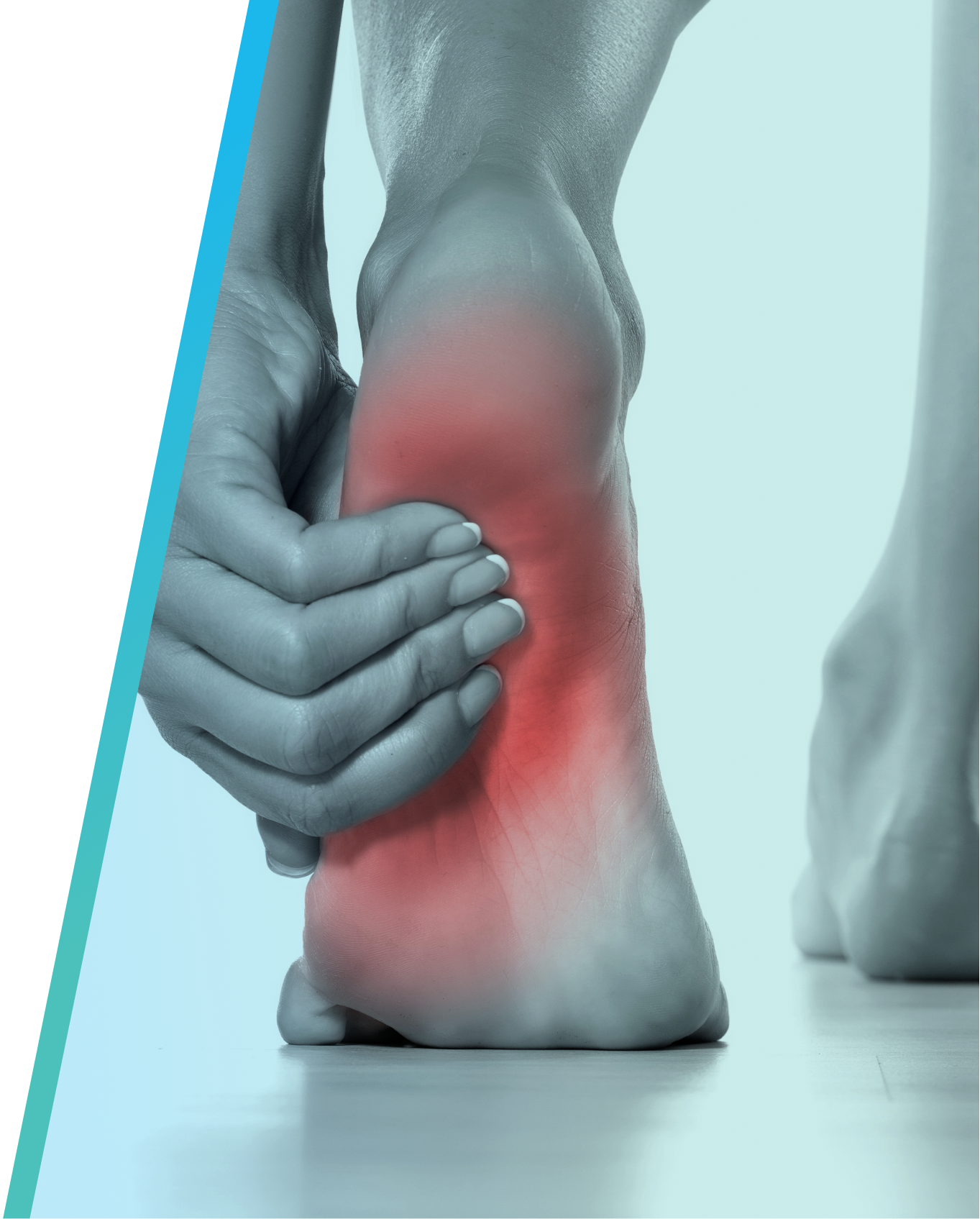
Condition details
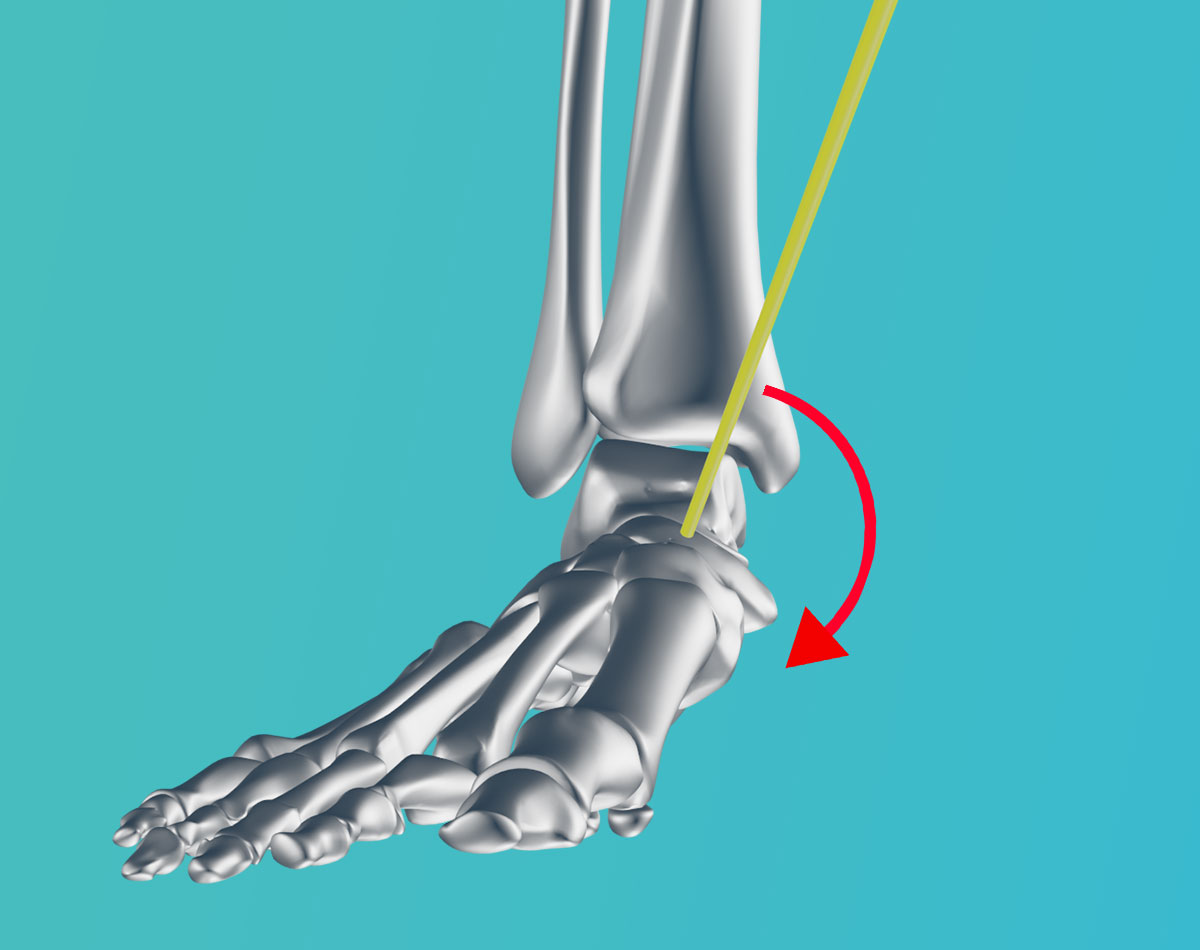
This is a very common problem that if left alone can cause pain and permanent dysfunction. Having a flat foot can cause extreme stress or inflammation on entire lower limb, pelvis and spine.
People with flat feet do not always experience discomfort, and some never suffer from any discomfort at all. However, when symptoms develop and become painful, standing, walking or running becomes awkward and painful. Over-Pronation is effectively addressed by supporting the arch with orthotics.
This is a very common problem that if left alone can cause pain and permanent dysfunction. Having a flat foot can cause extreme stress or inflammation on entire lower limb, pelvis and spine.
People with flat feet do not always experience discomfort, and some never suffer from any discomfort at all. However, when symptoms develop and become painful, standing, walking or running becomes awkward and painful. Over-Pronation is effectively addressed by supporting the arch with orthotics.
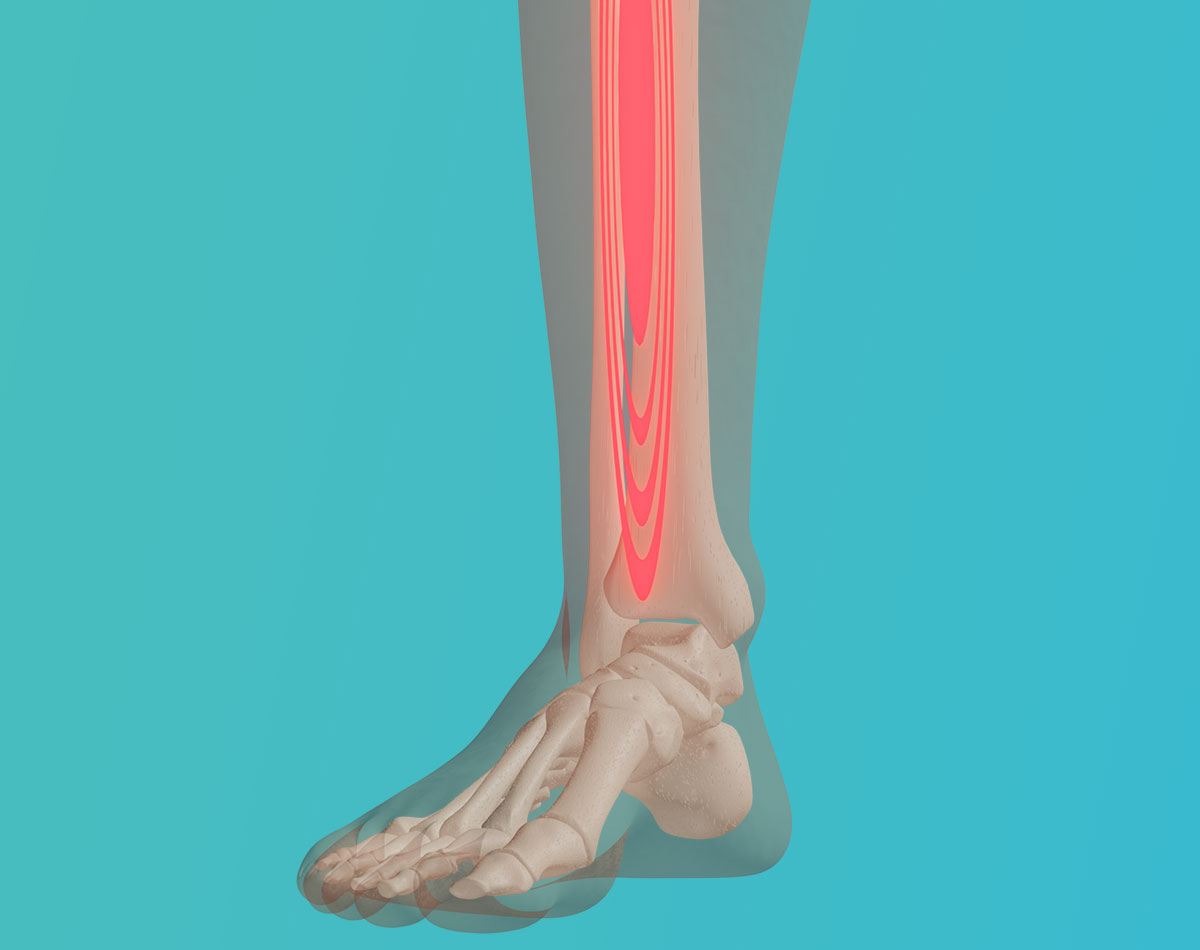
Shin Splints/ Medial Tibial stress syndrome
Shin splints is a broad term for tenderness along the inside or front of the of the shin and usually occurs around about halfway down the shin.
Pain is most severe at the start of a run, but may disappear during a run, as the muscles loosen up. Shin splints are thought to be caused by a tight calf muscle, overpronation (feet rotate too far inward), excessive supination (high arches), running on hard surfaces, Incorrect or worn shoes, overtraining, or a rapid increase in training load or intensity. Orthotics can help reduce the soft tissue loading along the shin and change the mechanics of the calf muscle.
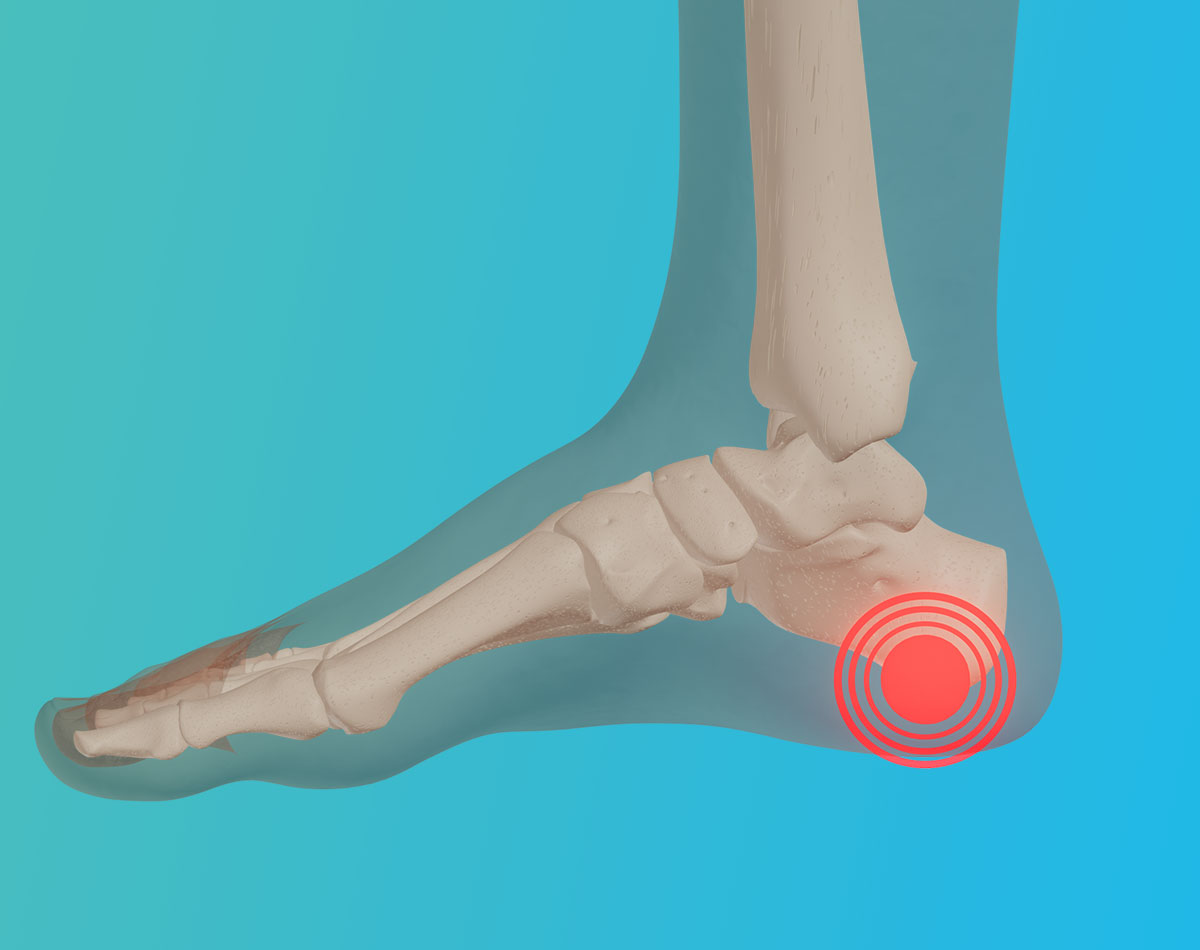
Plantar fasciitis
The plantar fascia is a thick connective tissue band on the bottom of the foot (like a big rope) which runs from the heel to the toes. Overuse of this structure is proposed to cause pain in the heal (excessive pulling on the plantar fascia or direct load). Pain is usually worse first thing in the morning or after resting. By supporting the arch of the foot with an orthotic and solid supportive shoe may reduce the pain and allow the plantar fascia to repair.
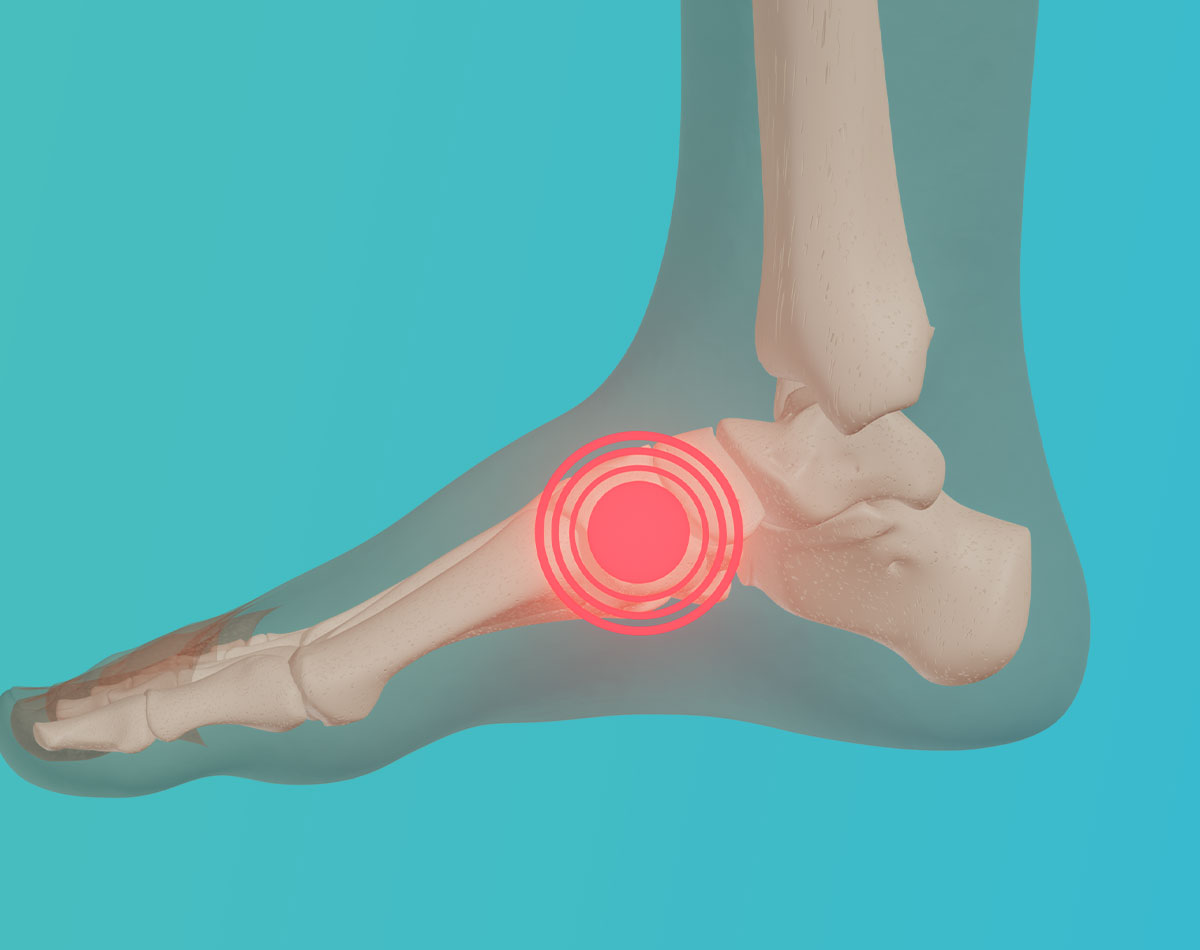
Alignment problems
Changes in foot posture or mechanics (having a flat foot or high arch) may cause lower limb alignment problems. Alignment issues may cause joint irritation and muscle overuse and pain. Orthotics help realign the foot and ankle by tilting the foot and ankle in (inversion) or out (eversion). By correcting the alignment of the foot may assist in reducing the pain in the lower limb and back.
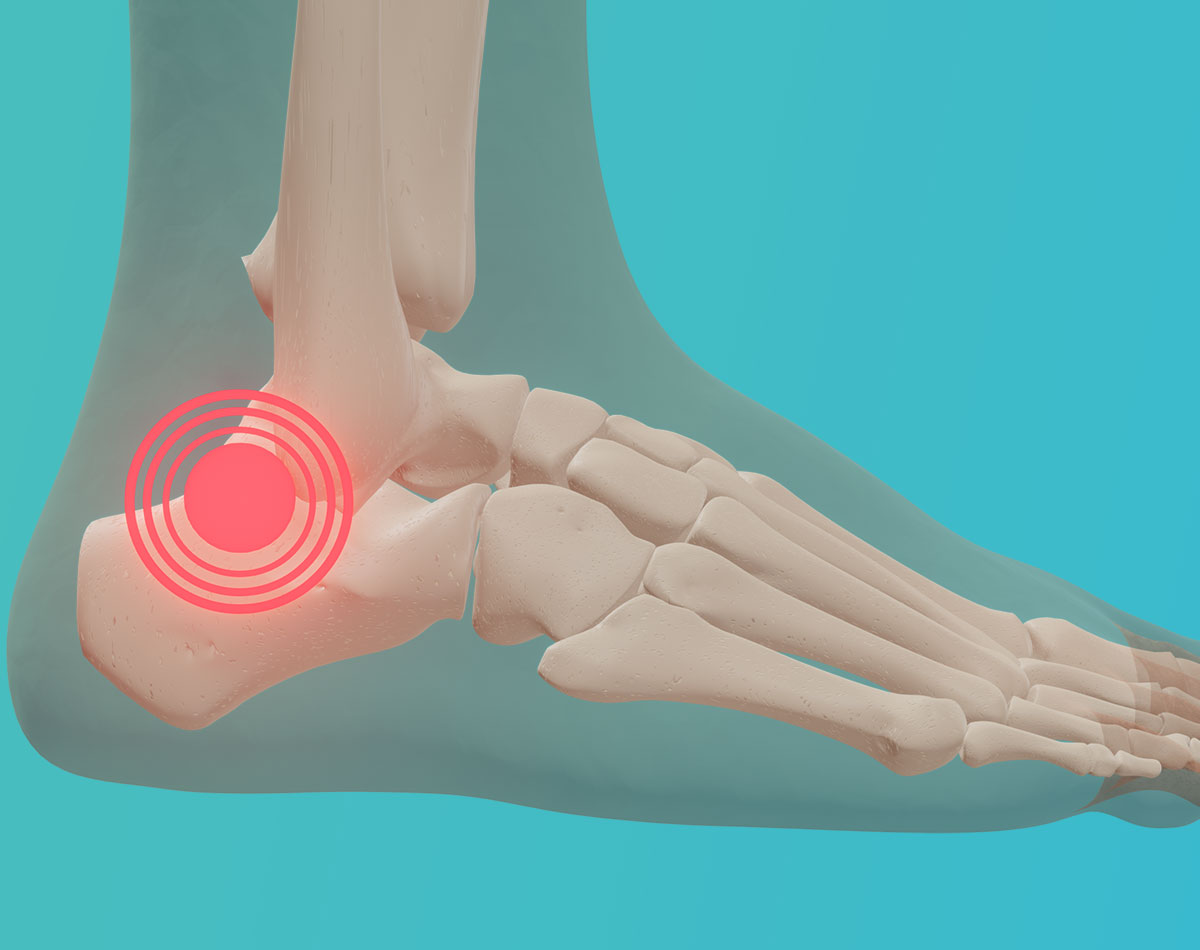
Ankle instability/ Peroneal tendinopathy
Ankle instability can be caused by repeated ankle sprain or hyper mobility. The peroneal tendons help support the ankle and when the ligaments are weak can cause over use of this muscle. Custom orthotics designed to support the foot in its optimal position reduces the stress on the ligaments, tendons, bones and muscles.
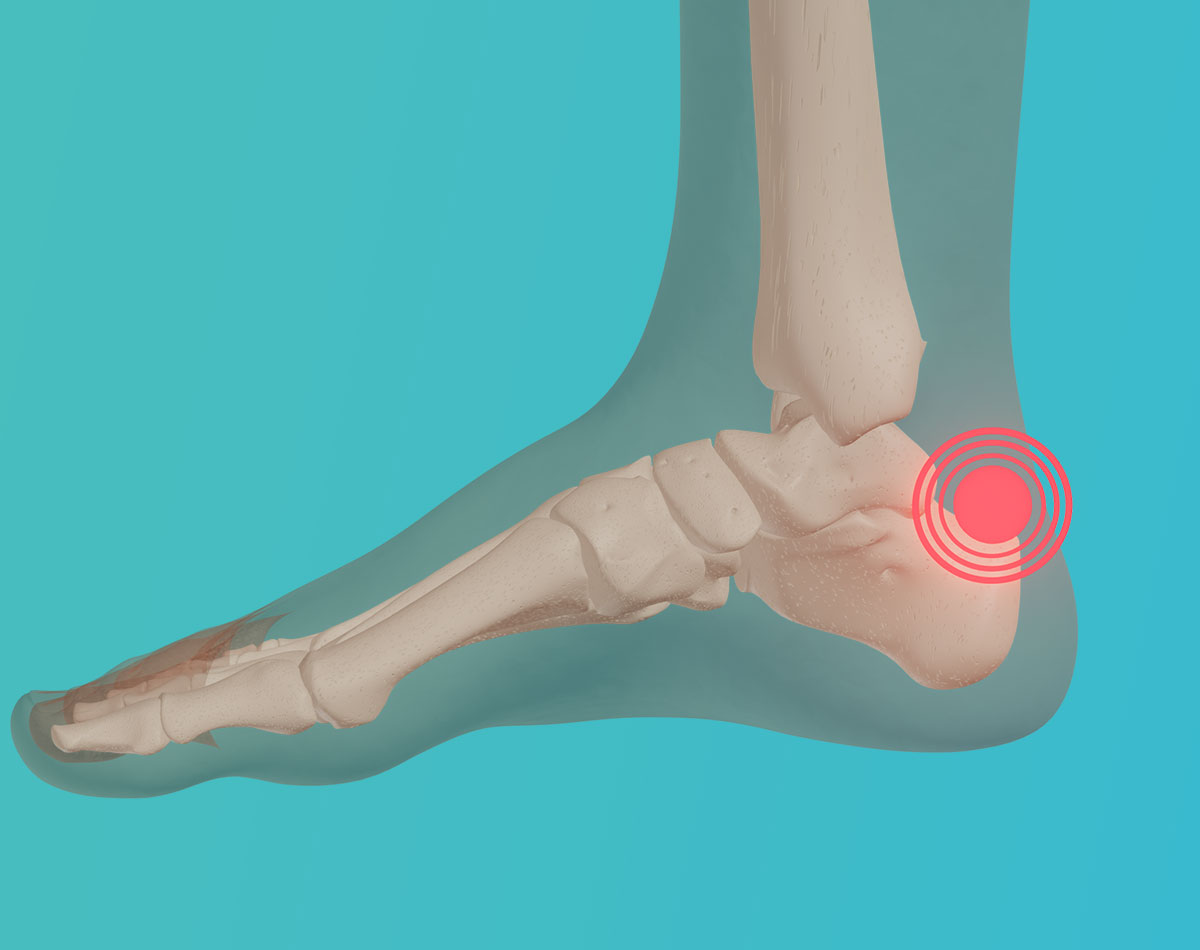
Tendonitis
Tendonitisis an inflammation of the tendon. Tendonitis of the ankle can involve the Achilles tendon, the posterior tibial tendon, the anterior tibial tendon or the peroneal tendons. All forms of tendonitis cause pain, swelling, and tenderness in the tendon area involved. Usually tendonitis is a result of increased demand from a tendon (such as with increased activity or poor shoes). Addressing the alignment of the foot can help reduce the overload of the tendons.
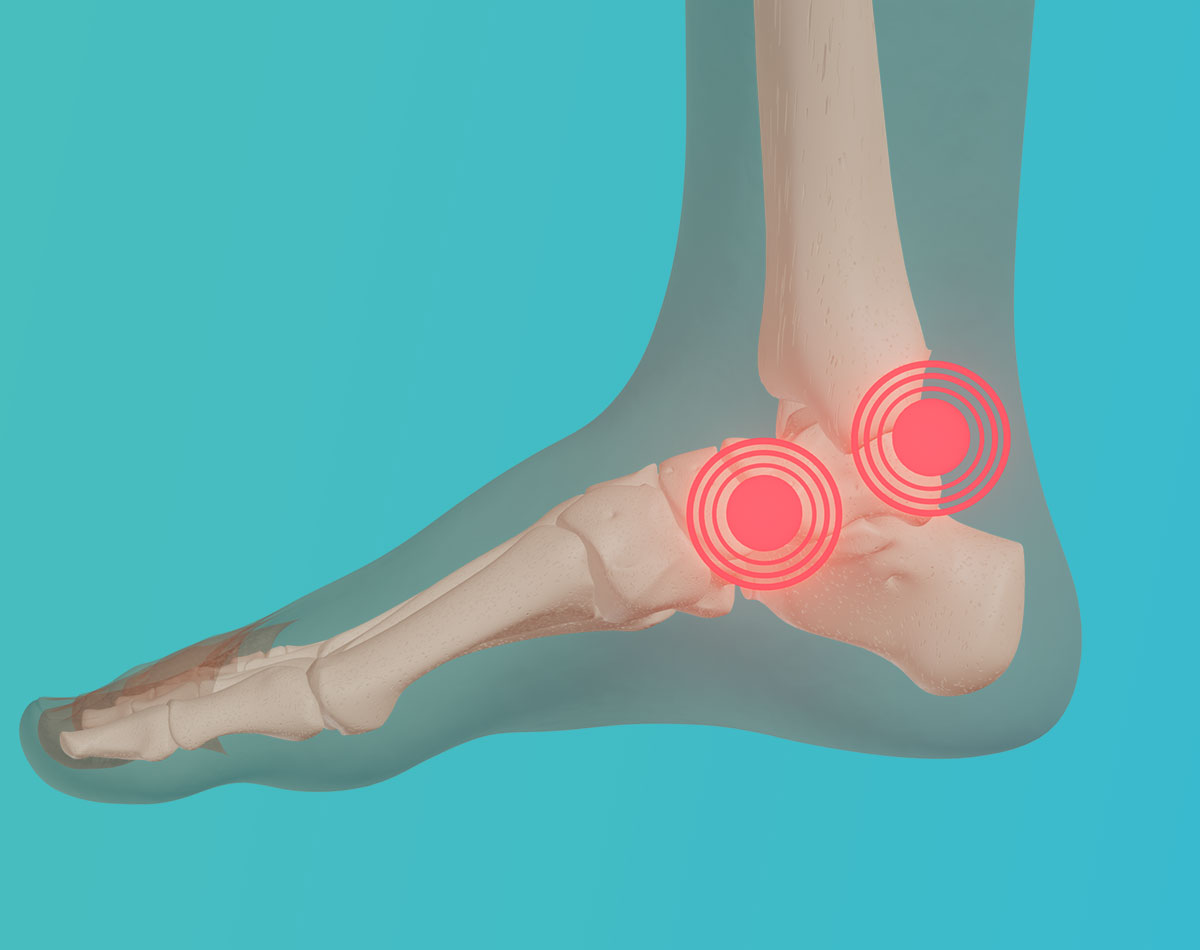
Posterior Tibialis Tendon Dysfunction (PTTD)
Posterior Tibialis Tendon Dysfunction (PTTD) is a condition that occurs when the posterior tibialis tendon (running along the inside of the ankle) becomes inflamed or damaged. This can result in an adult acquired flat foot deformity. The best treatment in the initial stages is an orthotic with a deep heel cup.
Posterior Tibialis Tendon Dysfunction (PTTD) is a condition that occurs when the posterior tibialis tendon (running along the inside of the ankle) becomes inflamed or damaged. This can result in an adult acquired flat foot deformity. The best treatment in the initial stages is an orthotic with a deep heel cup.

Accessory Navicular bone
When someone has an accessory navicular bone this sometimes this causes pain and discomfort in the arch of the foot. By supporting the foot with an orthotic with a deep heel cup like Modulign, this can reduce the discomfort caused from the tendon of tibialis posterior pulling on the accessory navicular bone.

Osteoarthritis
Cartilage is the slippery tissue that covers the ends of bones in a joint. Healthy cartilage allows bones to glide over one another. It also absorbs energy from the shock of physical movement. In osteoarthritis, the surface layer of cartilage breaks down and wears away. Over time, the joint may lose its normal shape.
Osteo arthritis be due to single event trauma (such as an injury), or may be due to poor alignment. Promoting correct alignment with orthotics may minimise the pain from osteoarthritis and also prevent it from getting worse.
Cartilage is the slippery tissue that covers the ends of bones in a joint. Healthy cartilage allows bones to glide over one another. It also absorbs energy from the shock of physical movement. In osteoarthritis, the surface layer of cartilage breaks down and wears away. Over time, the joint may lose its normal shape.
Osteo arthritis be due to single event trauma (such as an injury), or may be due to poor alignment. Promoting correct alignment with orthotics may minimise the pain from osteoarthritis and also prevent it from getting worse.

Bunions
Bunions are also called hallux valgus and involve deviation of the great toe. This can cause discomfort and pain, difficulty walking, and skin problems such as corns and calluses. Custom orthotics and a solid supportive wider shoe may prevent over pronation which can reduce pressure on the bunion and may reduce the progression.
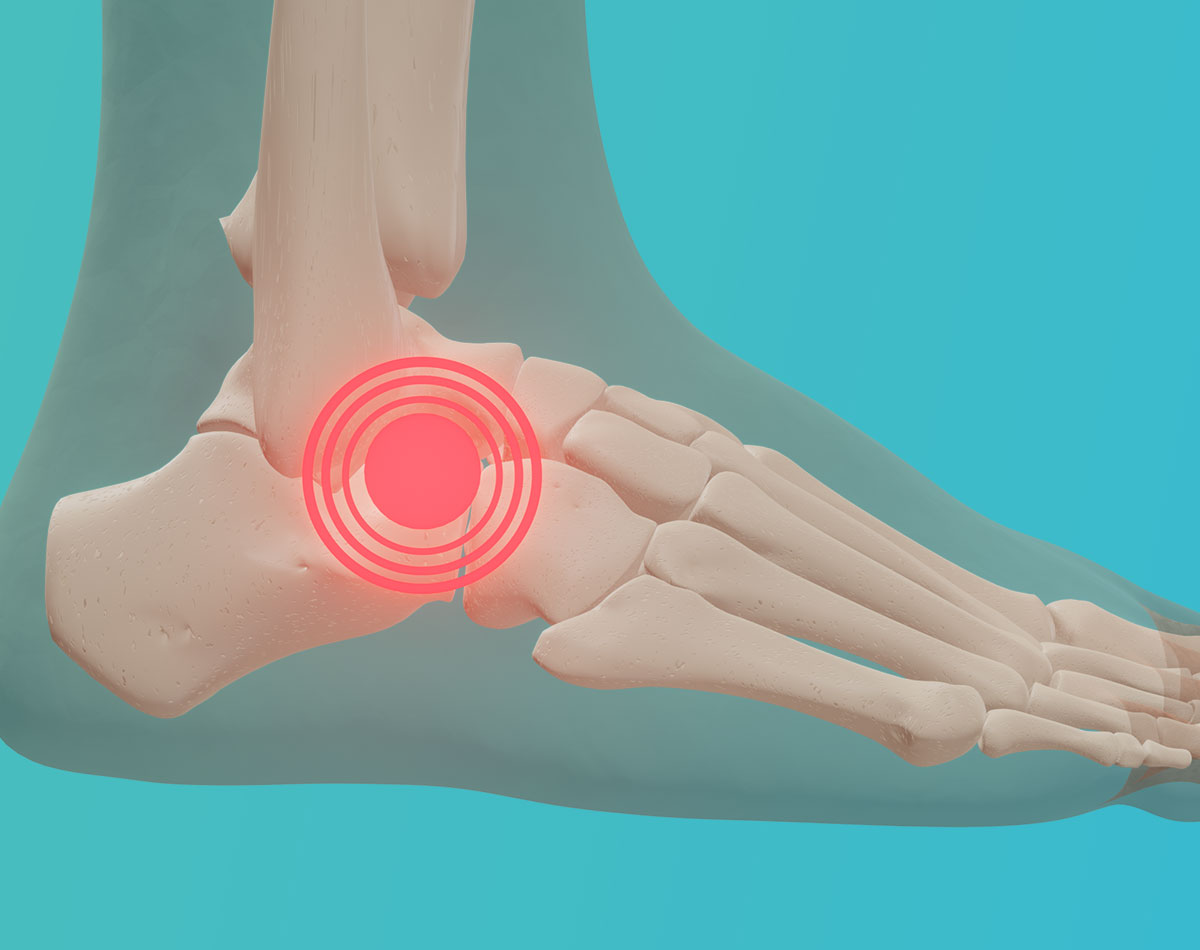
Bursitis
Bursae are small sacks that help tendons glide and move. When there is dysfunction in muscles and tendons or joints the bursa’s can become irritated causing pain and discomfort. Custom orthotics may reduce the stress at the ankle or within the foot and to improve the biomechanical efficiency of the structures around the bursa.
Buy your Modulign orthotics today
Buy your Modulign
orthotics today
Buy your Modulign orthotics today
Buy your Modulign orthotics today
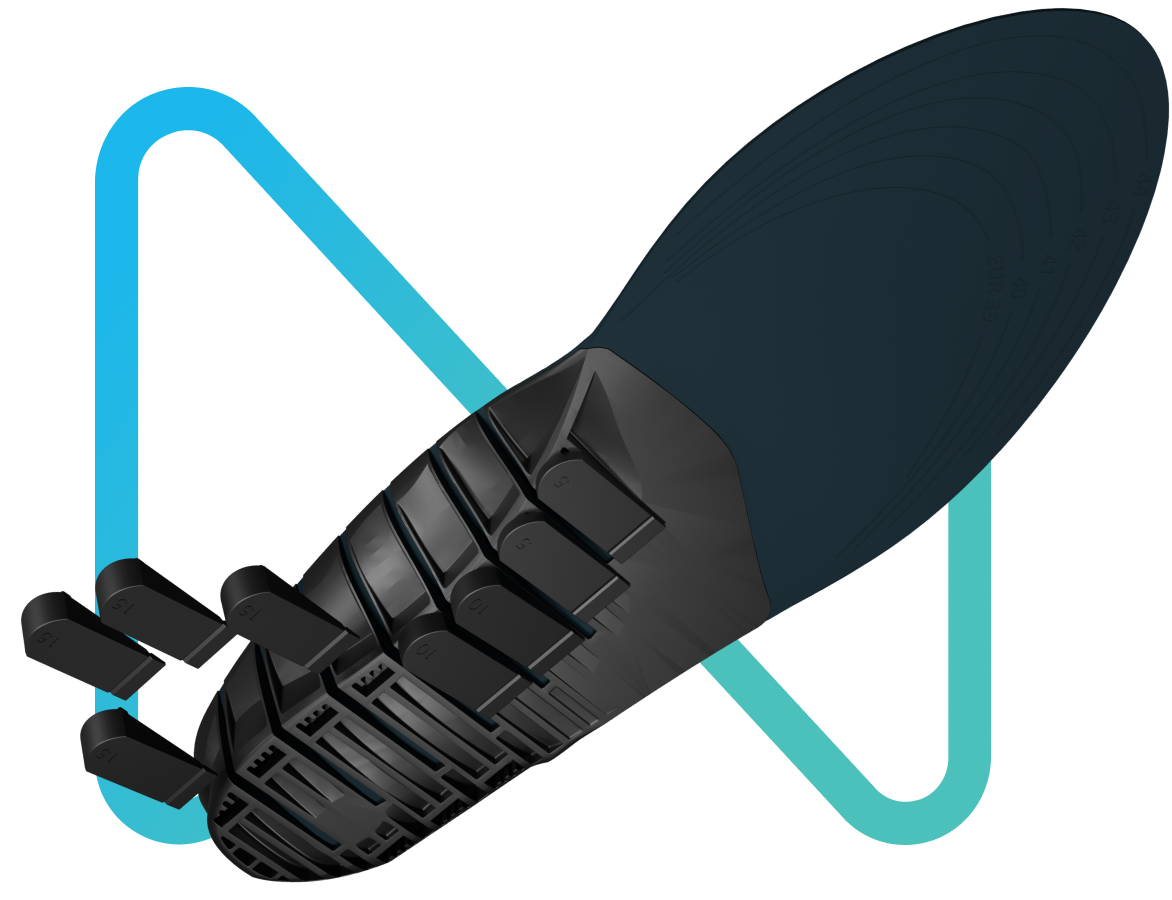
"A Modulign orthotic is the new and exciting device allows users to receive a clinician-grade, fully customisable orthotic that can be fitted at home in minutes. I believe it’s a game changer that will revolutionise accessibility to relief of foot pain and alignment issues."
"A Modulign orthotic is the new and exciting device allows users to receive a clinician-grade, fully customisable orthotic that can be fitted at home in minutes. I believe it’s a game changer that will revolutionise accessibility to relief of foot pain and alignment issues."
"A Modulign orthotic is the new and exciting device allows users to receive a clinician-grade, fully customisable orthotic that can be fitted at home in minutes. I believe it’s a game changer that will revolutionise accessibility to relief of foot pain and alignment issues."
"A Modulign orthotic is the new and exciting device allows users to receive a clinician-grade, fully customisable orthotic that can be fitted at home in minutes. I believe it’s a game changer that will revolutionise accessibility to relief of foot pain and alignment issues."
"A Modulign orthotic is the new and exciting device allows users to receive a clinician-grade, fully customisable orthotic that can be fitted at home in minutes. I believe it’s a game changer that will revolutionise accessibility to relief of foot pain and alignment issues."
Geoff Dowling
Founder, Modulign


